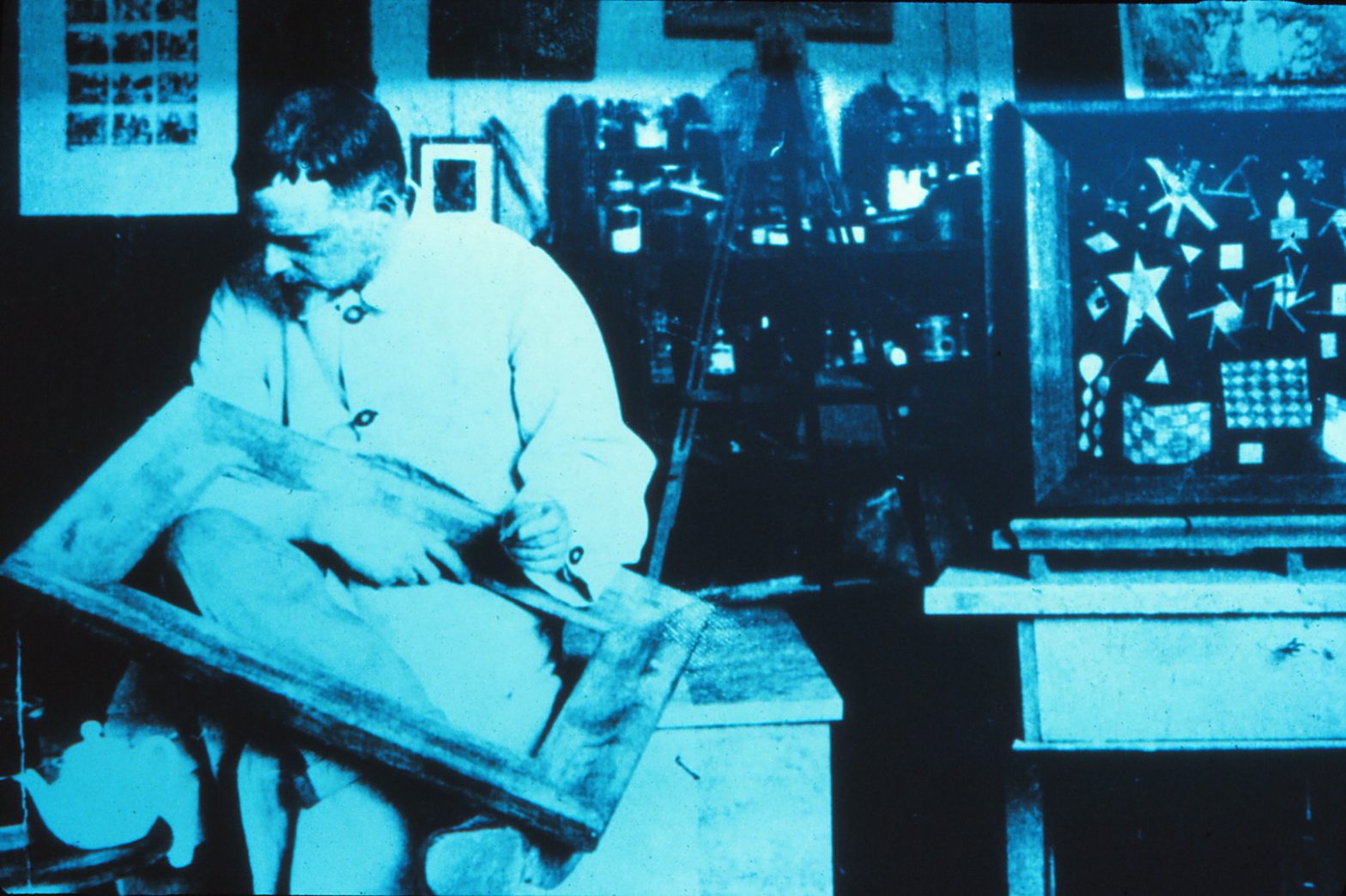Although Modern Art Oxford has become known in recent decades for solo presentations of international artists working directly in response to the spaces of the gallery, many of the memorable shows in our 50year history have also been touring exhibitions organised by other institutions and exhibited here.
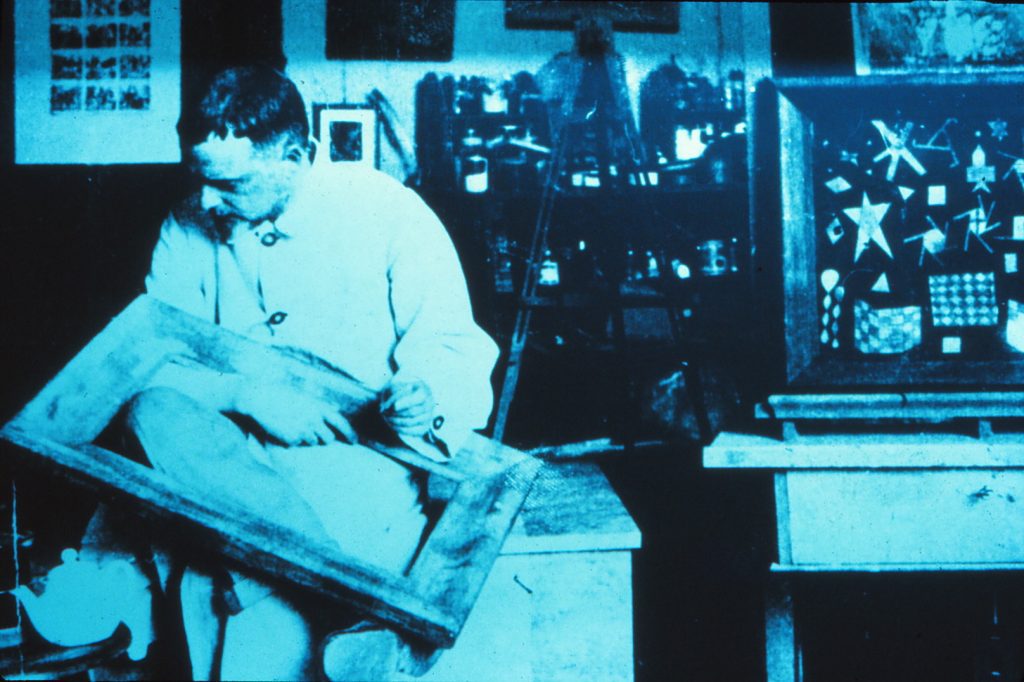
One such show, presented in the early autumn of 1983, was an exhibition organised by the Castle Museum in Nottingham of works by Swiss-German artist, Paul Klee (1879-1940). The exhibition included 60 paintings, watercolours and drawings lent by Klee’s son, spanning the breadth of his working life and arranged chronologically throughout the middle and back galleries.
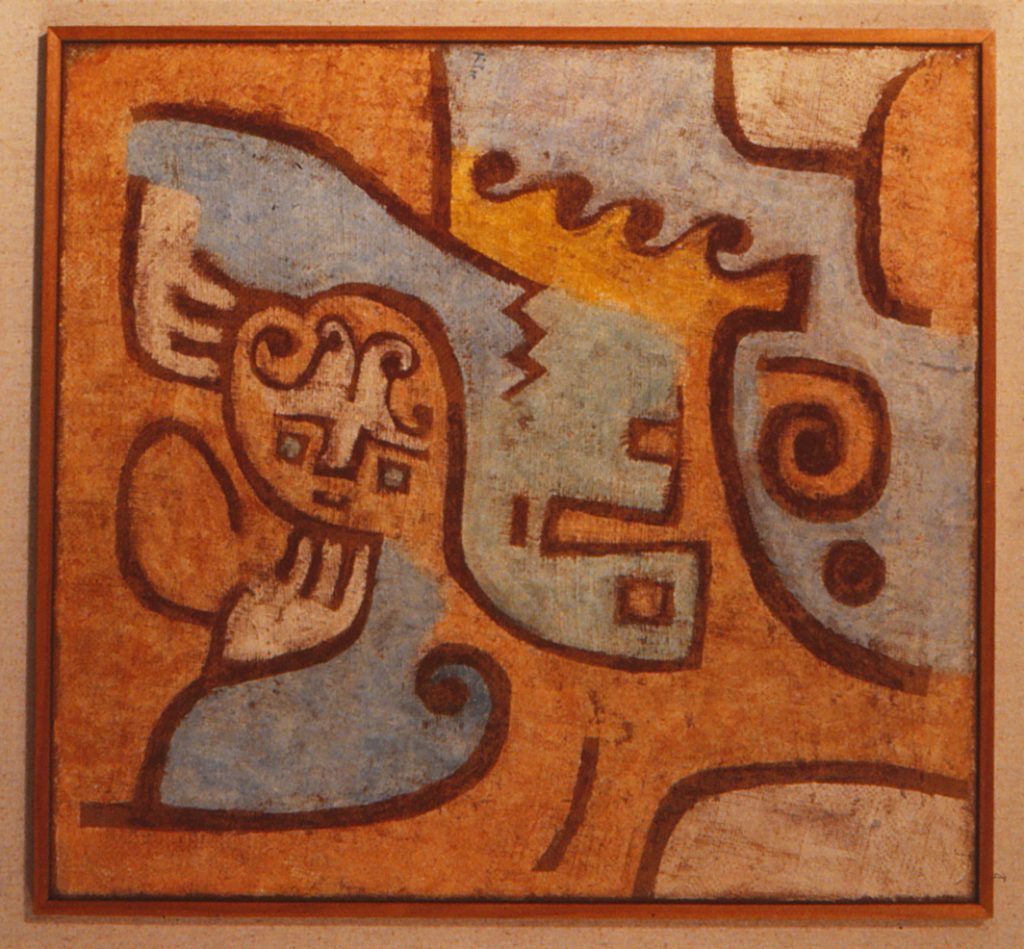
The earliest painting, dated to 1902, was created when Klee was a young artist in Münich, just before he found himself attracted by the primitivist zeal of a group of young artists centered around the Russian emigrés Kandinsky and Jawlensky and the young German painters August Macke and Franz Marc, later known as The Blue Rider (Der Blaue Reiter).
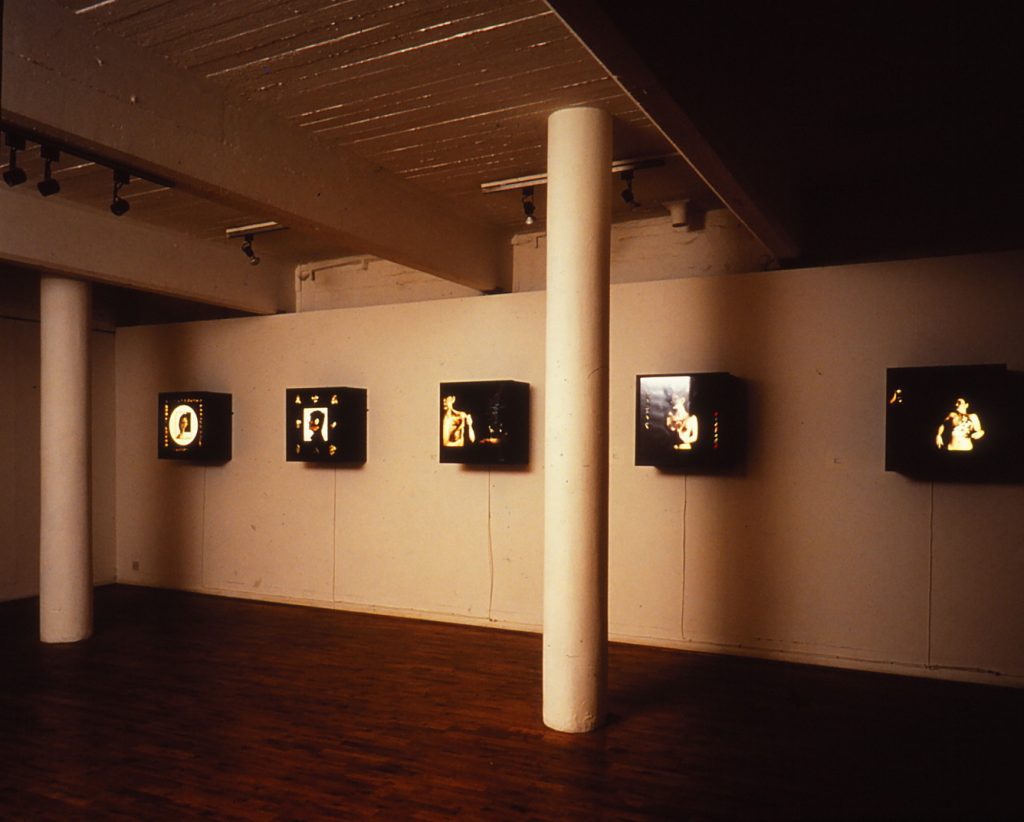
The exhibition charted key biographical territory: Klee’s travels to Paris and his exposure to the works of Delauney, Picasso and Braque, and onto Tunisia; his time as Director of the Stained Glass Workshop at the Bauhaus in Weimar, before ridicule and exile at the hands of the Nazis in Switzerland.
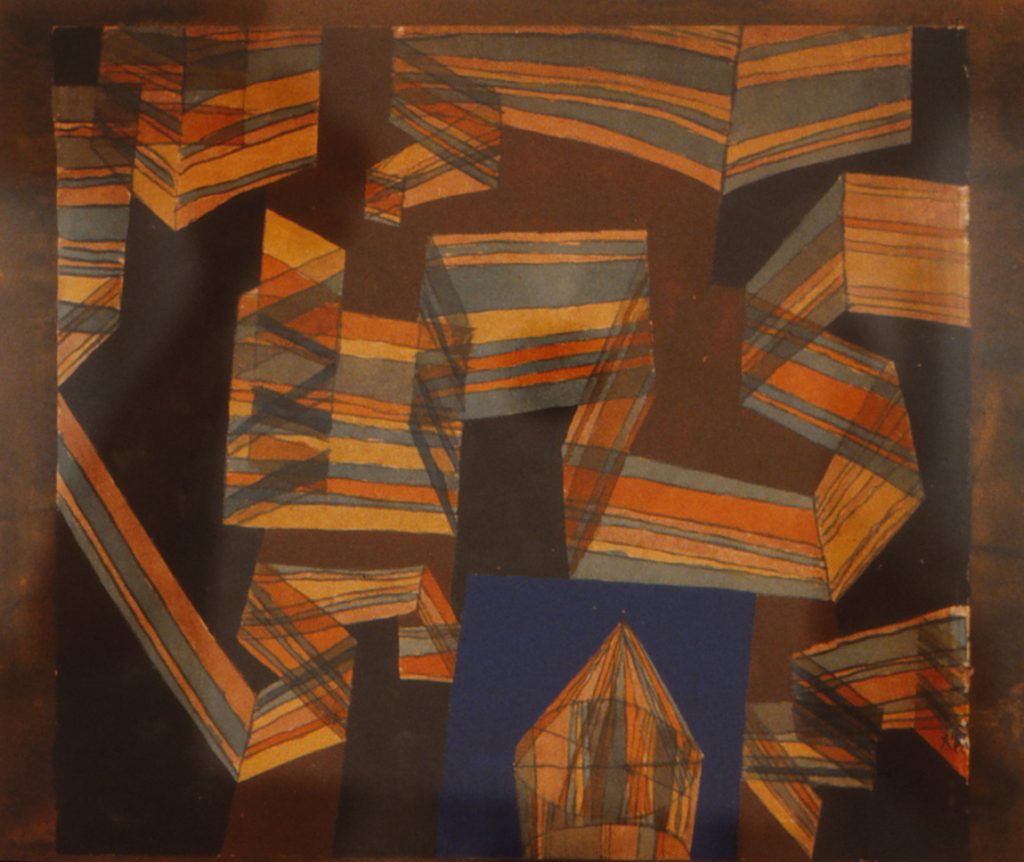
Concluding the exhibition were the last two paintings Klee produced– Angel of Death and Still Life – images haunted by death, which conveyed Klee’smania and battle with depression that plagued his health later in life.
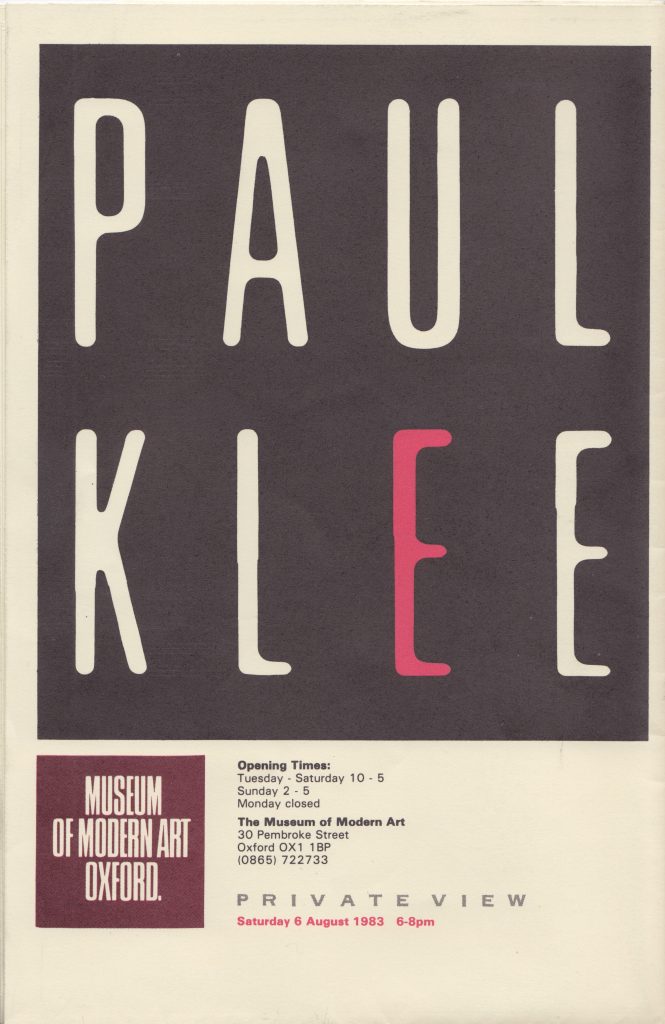
I chose this exhibition because I love Klee’s childlike perspective and musicality, and because he was one of the most influential lecturers and writers on colour in modern art. I also selected this show because it illustrates historic approaches to creating exhibitions for audiences in Oxford that act as the foundation for the gallery’s programme today.
